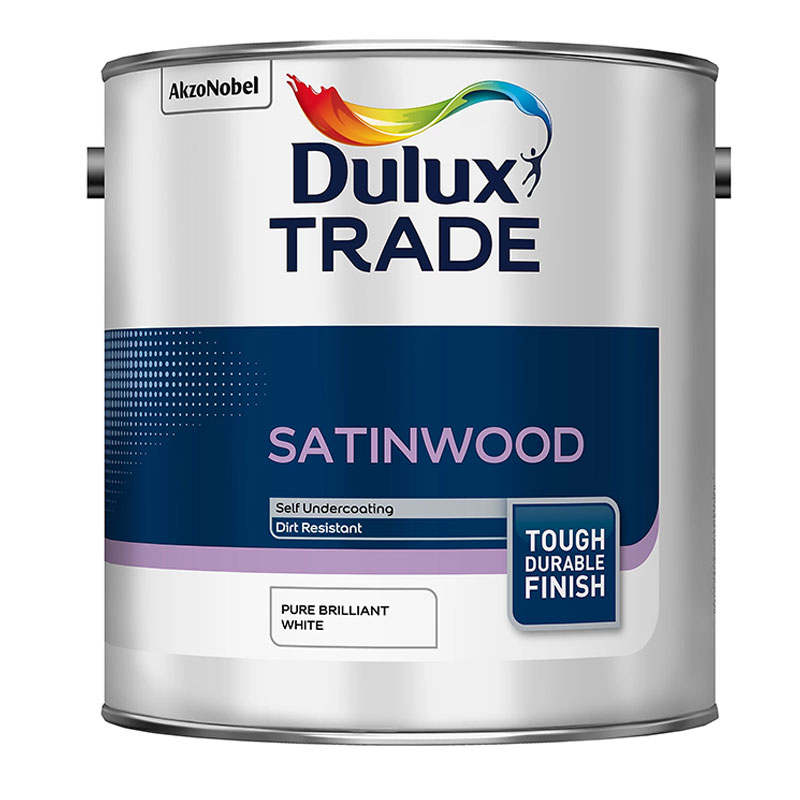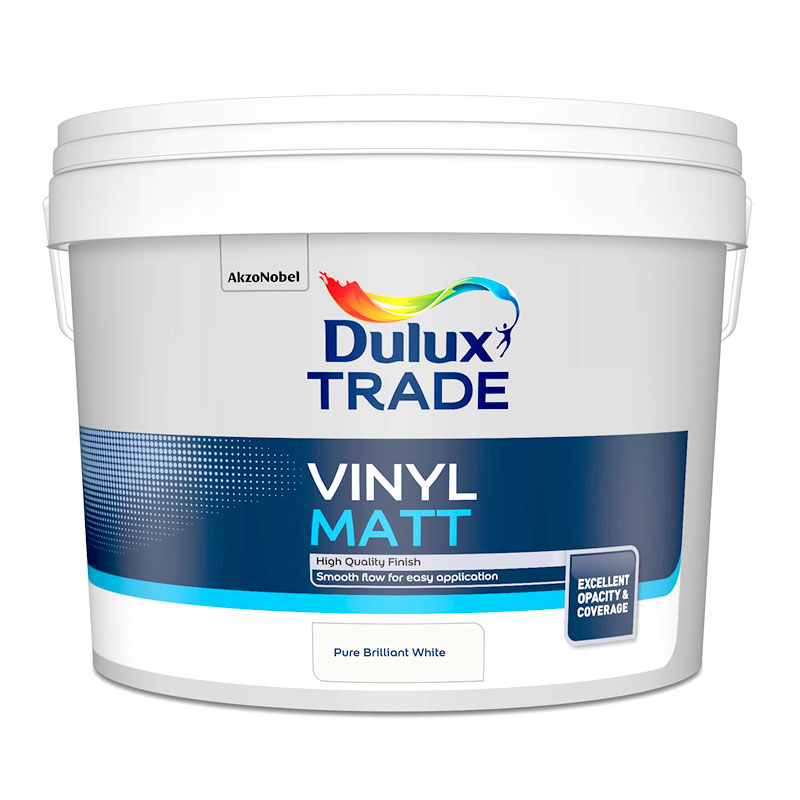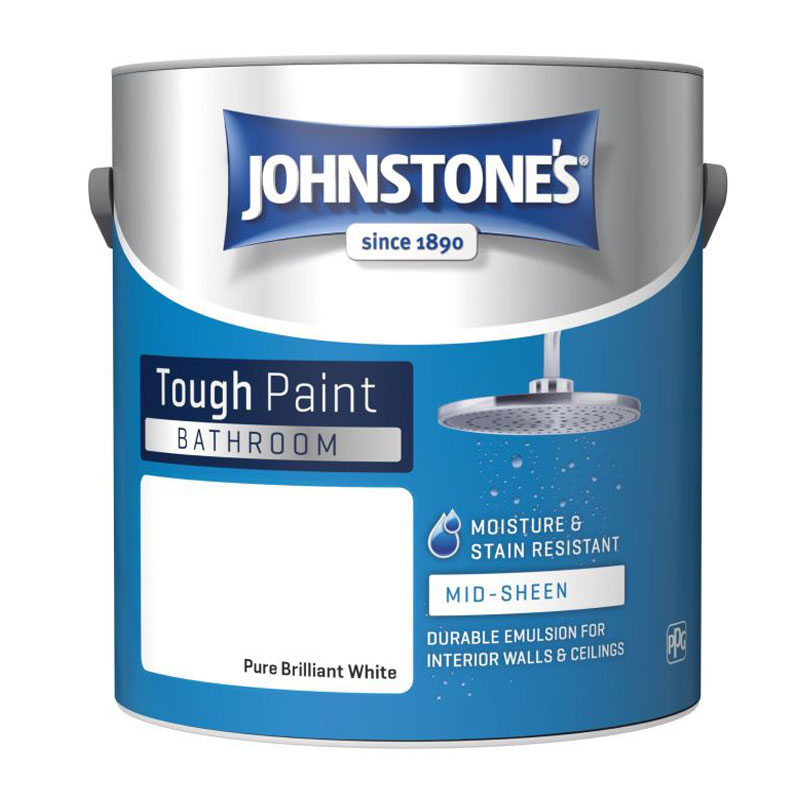Satin vs matt paint: Which one will you need for your next paint project?
We reveal the differences between satin vs matt paint to help you choose the right one for your walls and woodwork
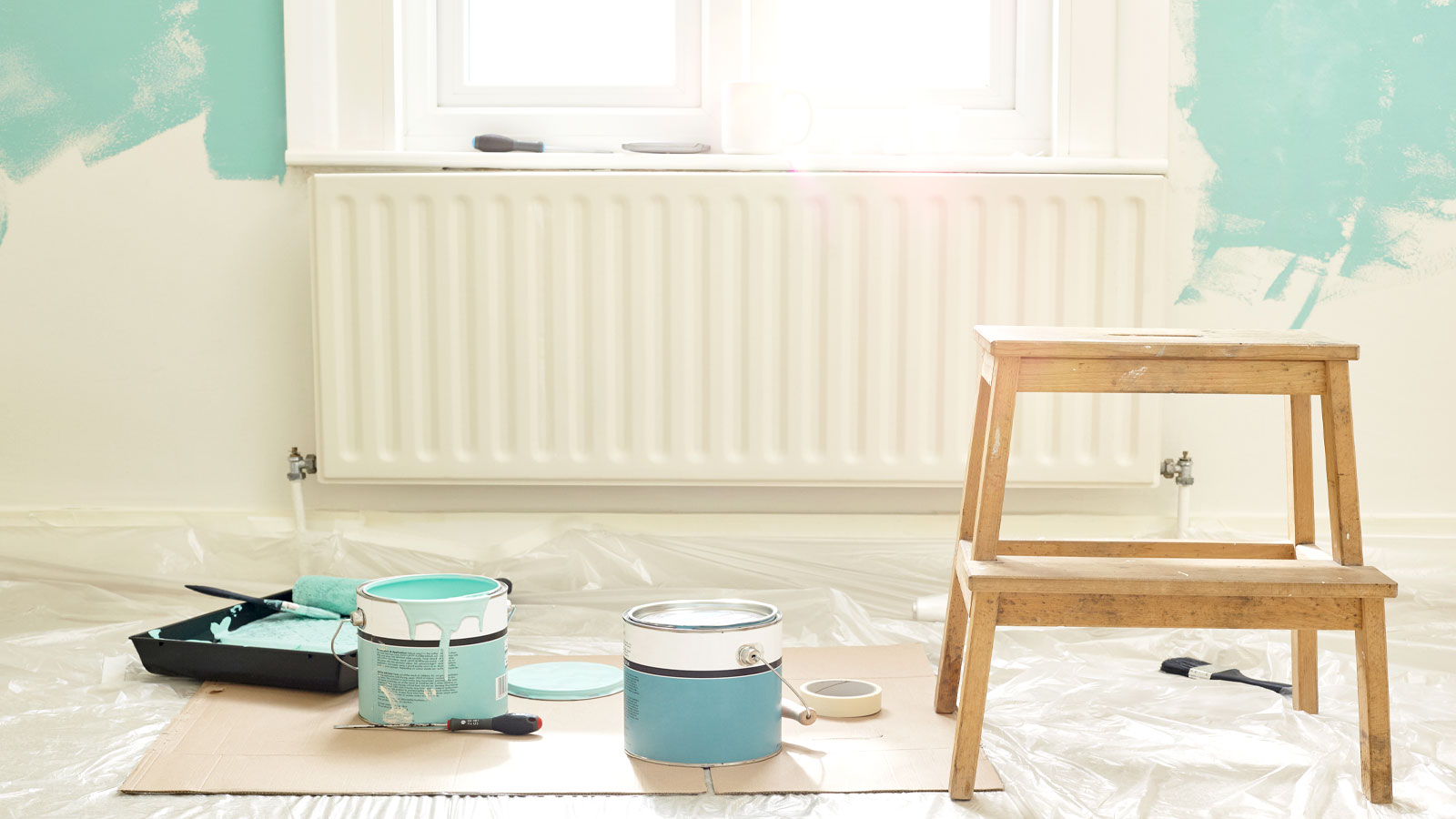
Satin vs matt paint isn’t an easy decision to make when tackling a paint project. Both have a lot of plus points, so we are here to reveal the key differences and help you decide which you should use and where.
If you are painting a wall, which wall are you painting? What room is it in? Does it need a durable, wipeable finish? Do you want a subtle sheen for a more serene room? Are you painting skirting boards and need a hard-wearing finish? We answer these questions and more to make sure you choose the right paint for whatever you are working on.
Satin vs matt paint: What's the difference?
The key difference between satin and matt paint is the finish. They have different levels of sheen with a satin paint having a higher sheen than matt paint.
Matt paint is typically water-based and is commonly an emulsion paint for walls. However, you can purchase matt paint for furniture and even oil-based matt paint for wood and metal.
Satin paints are commonly available in oil and water-based paint options, with water-based paints being better for the environment while oil-based paints are typically more durable.
The pros and cons of satin paint?
What does a paint with a higher sheen bring to a surface? What does it do well and not so well? Shakir Hussain, director at HandyHumans offers some pro opinion.
+ Easy to clean - It's pretty easy to clean, which is great if you've got kids or pets who like to get the walls and woodwork dirty.
+ Subtle sheen - Satin paint gives walls and woodwork a nice subtle shine that can brighten up a room.
Bring your dream home to life with expert advice, how to guides and design inspiration. Sign up for our newsletter and get two free tickets to a Homebuilding & Renovating Show near you.
- More reflective - Satin paint tends to show up imperfections on your walls more than matt paint.
- Harder to touch up - It's a bit trickier to touch up - you might notice a difference between the old and new paint.
Brandon Walker, construction manager at ASAP Restoration adds that satin paint, “Is less shiny than gloss,” so it's no good if you are looking for a high sheen. Plus, “It dirties faster than a gloss finish does, but slower than matt paint.” Something to take into consideration when choosing a paint finish.
The pros and cons of matt paint?
What are the benefits of a very low sheen finish? Plus, what paint projects are they not so good for. Jay Sanders, contractor at Maryland Contractors shares his knowledge.
+ Hides imperfections - Matt paints are great at hiding imperfections as they reflect less light. They conceal surface flaws like bumps and cracks, helping to provide a smooth finish.
+ Easy to touch up - Touch-ups with existing matt paint are easy as they blend effectively. Thus, making its maintenance easy.
- Less Durable - Matt paint is more prone to scuffing and staining, which means it's not recommended for high-traffic areas such as hallways.
- Not easy to clean - Cleaning matt paint can be challenging! It is not as durable as satin paint and scrubbing and cleaning will soon cause damage to a finish.
Try these satin and matt paints on your next project
FAQs
Is satin or matt paint best used on walls?
“For interior walls, it really depends on what you're after. Satin is great for kitchens and bathrooms because it stands up to moisture better and you can wipe it down quite easily,” suggests Hussain. “But if your walls aren't in a great condition, matt might be your best bet to hide the flaws. Plus, a lot of people just like the look of matte on walls – it's got that classy vibe.”
But where in the home is matt paint best used? “Matt is preferable where a subtle look is desired like bedrooms, dining rooms, and living rooms,” suggests Sanders.
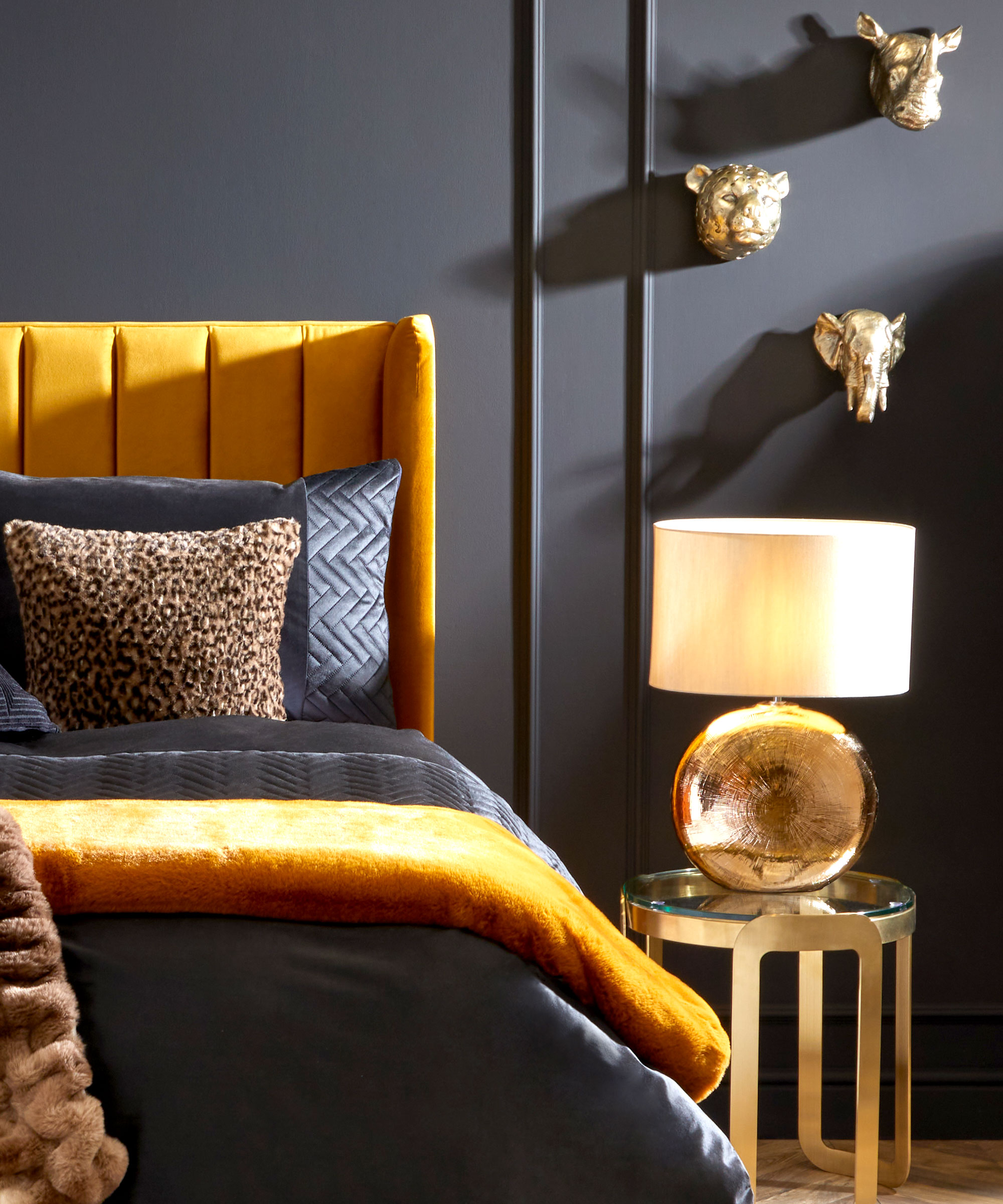
Is matt paint used on woodwork?
Matt paint is rarely seen on woodwork around the home, here Hussain explains why. “For woodwork like doors and skirting boards, matt isn't usually the go-to. Most people prefer satin or semi-gloss for woodwork because it's more durable and easier to clean. Gloss used to be really popular but it's a bit out of fashion now - satin's the middle ground.”
Walker adds that, “It’s best to use a higher sheen for doors and skirting boards because it is a stronger finish and these areas experience a lot of frequent and abrasive activity.”
But in what scenario would you use matt paint on woodwork? “Trim or coving as these pieces won’t get touched by anything due to their location” shares Walker. “And they will also not be able to collect dust and grime as easily in that location.” But he suggests, “There are still better finish options even for ceiling woodwork”
If you are looking for a matt finish on woodwork there are choices. A popular option is to use the same matt emulsion colour used on the walls on the woodwork to create a single colour paint scheme. To protect the woodwork finish with a clear matt varnish like this Ronseal Interior Varnish Clear Matt from Amazon.
Satin and matt paints are not the only options when painting walls, ceilings and wood. If you want something with a higher sheen then check the differences between satin vs gloss. Alternatively, for less of a sheen then compare eggshell vs satin and find out What is vinyl matt paint and see where you can use it.
Steve Jenkins is a freelance content creator with over two decades of experience working in digital and print and was previously the DIY content editor for Homebuilding & Renovating.
He is a keen DIYer with over 20 years of experience in transforming and renovating the many homes he has lived in. He specialises in painting and decorating, but has a wide range of skills gleaned from working in the building trade for around 10 years and spending time at night school learning how to plaster and plumb.
He has fitted kitchens, tiled bathrooms and kitchens, laid many floors, built partition walls, plastered walls, plumbed in bathrooms, worked on loft conversions and much more. And when he's not sure how to tackle a DIY project he has a wide network of friends – including plumbers, gas engineers, tilers, carpenters, painters and decorators, electricians and builders – in the trade to call upon.
